
From abstinence to abundance: India’s sacred story of Vrat and Bhog
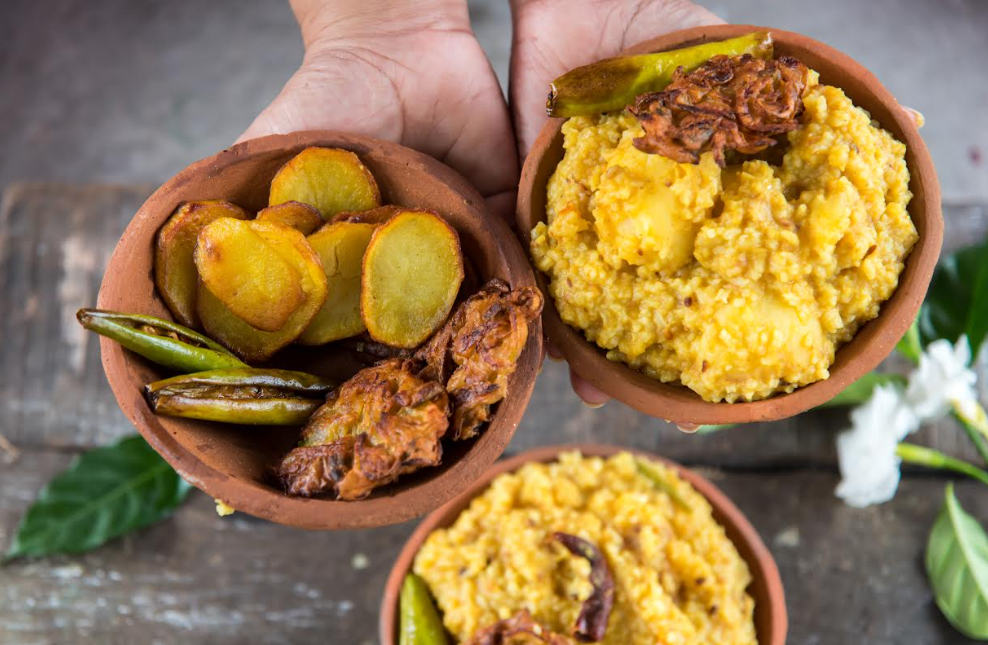
Dear Readers
During the sacred days of Navratri and Durga Puja, the dining table itself becomes a stage where devotion finds expression. Across much of India, Navratri is steeped in austerity, where the act of fasting is seen as a discipline of body and spirit. Here, meals are pared back to their simplest forms, sabudana khichdi, kuttu puris, fresh fruits, milk, and roots, each bite chosen with care to honour the Goddess through restraint and purity. In Bengal, however, Durga Puja transforms food into a joyous celebration of abundance. The air fills with the fragrance of bhog khichuri simmering in giant cauldrons, labra rich with vegetables, and sweets offered before being shared among devotees. Yet, the celebrations extend further, spilling onto streets where mutton curries, fish fries, and rolls find equal pride of place beside the idols. While Navratri embodies devotion through abstinence, Durga Puja embraces the divine through feasting-two distinct yet eloquent ways of welcoming the Goddess into human lives, one through quiet reverence, the other through exuberant indulgence.
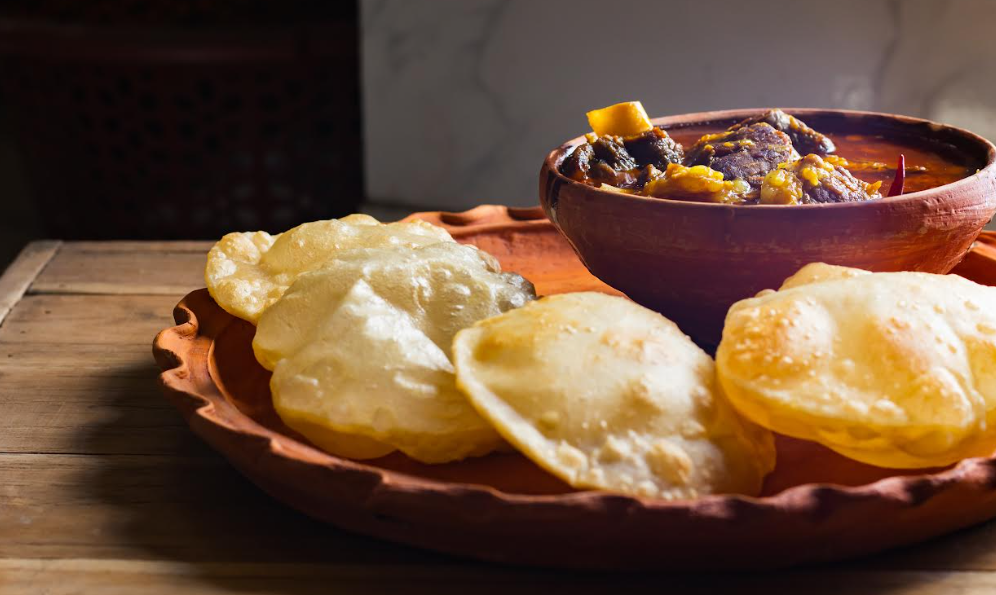
In this newsletter, we delve into how the entire country transforms into a cultural cauldron during Navratri, with food at the very heart of its celebrations. Beyond the rituals, music, and dance, it is the dining table that reflects the diversity of devotion-where restraint and indulgence take on distinct forms.
Read more at: Why do Bengalis eat non-veg in Durga Puja when many observe Navratri fast
Goddess Durga and the story of Paan and Supari
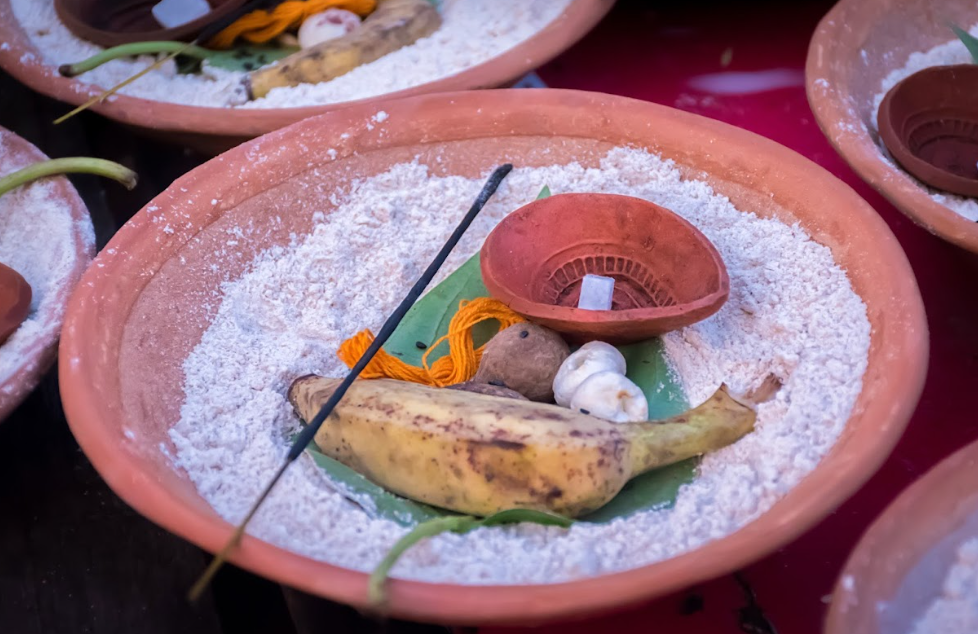
As the evening aarti draws to a close, devotees place paan and surai before the Goddess. The green leaves shine under the flicker of oil lamps, while the clay vessel sits cool and steady, holding its quiet offering. In that moment, the ritual feels timeless-an intimate gesture woven into Durga Puja’s sacred rhythm.
Read full article: Why is betel leaf and supari offered to Goddess Durga?
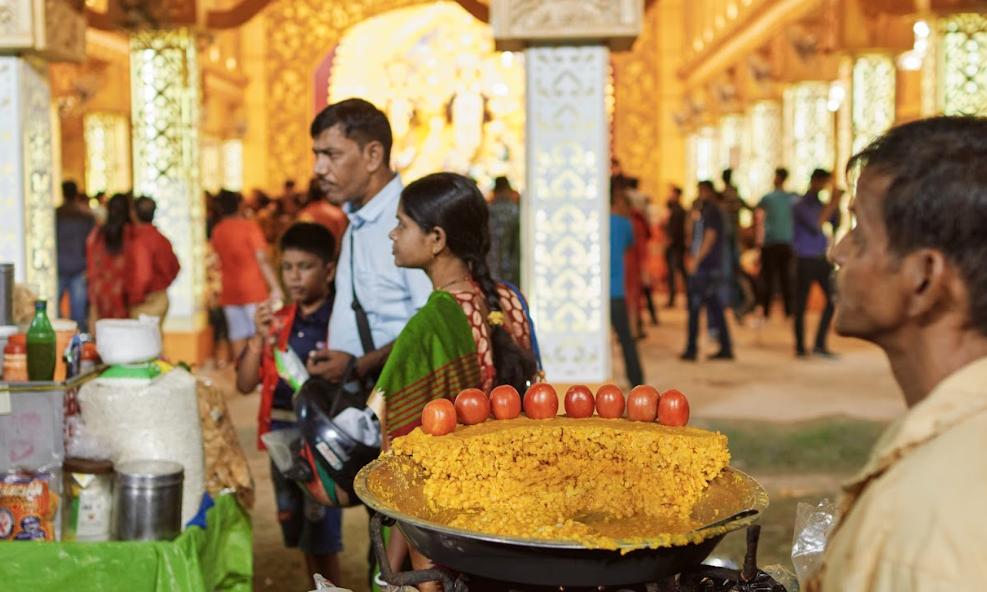
The journey from ‘Maa asche’ to ‘Asche bochor abar hobe’ is like waiting for an eternity as for every Bengali, Durga puja is not just a celebration rather an emotion of longing and hope! And an essential part of this exciting period is Pandal food. It is the heart of Durga Puja’s charm, turning every visit into a sensory celebration. Beyond rituals and décor, the aromas of frying chops, spicy puchkas, and sweet mishti create shared joy. These stalls embody community, nostalgia, and festive indulgence, making pandal-hopping incomplete without tasting them.
Read full article: Must try foods if you are planning to visit Delhi’s Chittaranjan Park
9 days, 9 bhogs for the 9 forms of Durga
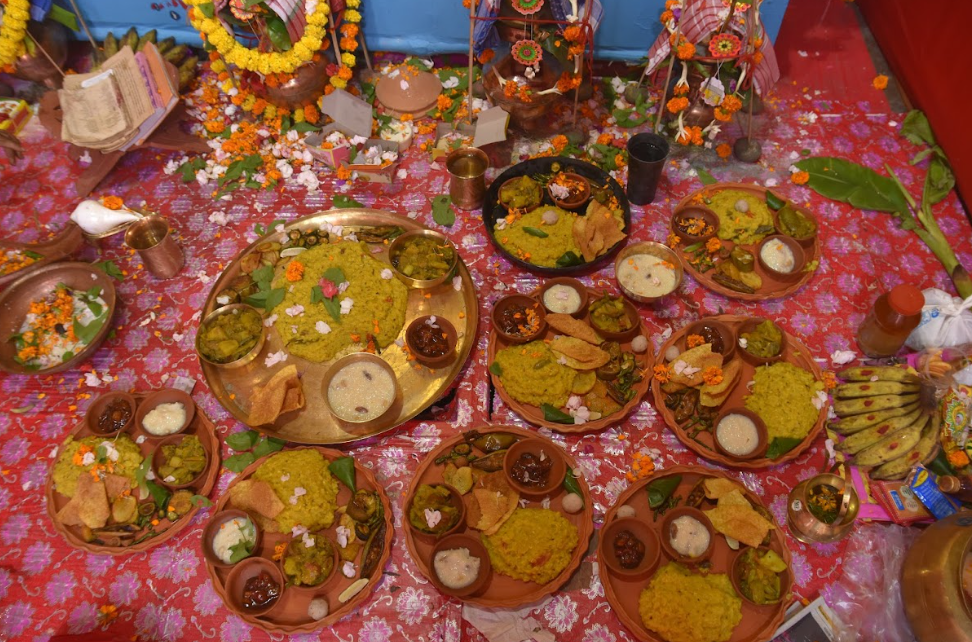
During Navratri, each form of the Goddess is honored with a distinctive bhog—ranging from ghee and kheer to malpua, fruits, and honey-each carrying symbolic meaning. These offerings go beyond ritual, turning food into a heartfelt gesture of devotion. When families prepare, serve, and share bhog, it becomes a medium of faith and gratitude, filling homes with a sense of purity, divine blessings, and the joy of collective celebration.
Read full article: Traditional bhog offering for nine avatars of Goddess Durga

Disclaimer
Views expressed above are the author’s own.
END OF ARTICLE